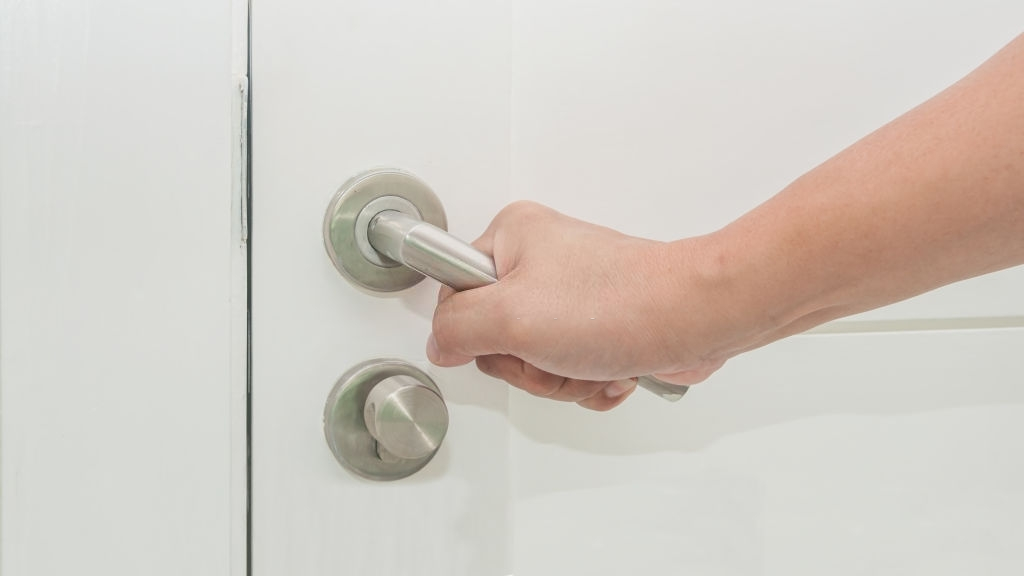Interior doors are constantly exposed to a variety of problems that arise from the way the doors are handled during their daily operations. Hinged doors may sag or get misaligned from the door frame. Double doors or even sliding glass doors may accumulate dust on their trucks and jam or stick or even fail to close altogether and you will need sliding door repair. These doors can also rot due to bad weather. Fixing these problems depend on the level of damage and type of problem. A few interior door issues and how to door fix them have been discussed below. But if you live in Brantford and don’t want to waste your time for the repair, you can always turn to door service by Door Helper.

Repairing a door that binds
Many times the door binds on the upper edges. Binding doors could be a result of several issues with your doors before glass door repair in Toronto.
Sagging door
Doors may sag as a result of a loose hinge or improperly fixed hinge screw. In order to fix this problem, inspect the upper hinge, and replace bent screws or loose ones with new screws. Clean off the dirt from the area and remove bent hinges to be replaced with new ones. If the middles screw is loose or bent, remove it and fill the hole with some glue coated dowel and drive in a longer screw.
Weather
High humidity can cause a door to bend or swell and stick. When this happens, remove the door out of the door frame and plane the swollen area with sandpaper. Be careful not to remove a large portion as your door may not have an airtight close when this occurs.
Excess paint
When excess paint accumulates on the edge of your door, it fails to dry fully and sticks the door. Find out where the door sticks from and chisel out the excess paint. Once it is chiseled out, you can plane that area using fine sandpaper. Smear the area with paraffin and close the door again to check if the problem is fixed.
Repairing a loose door
When your door is loose or rattles, it is a clear sign that the doorstop or strike plate is not tight enough. The plate contains a flange in the middle that can be bent a bit to tighten the fit. You can remove the plate and us a pair of pliers to bend the flange. If this is not the problem causing your door to be loose, adjust the position of the doorstop on the latch-side jamb. Begin by cutting the paint seal between the molding and the jamb, then place a wooden block against the stop and hammer gently towards the door in order to provide a tighter fit. Don’t forget abour door closer repair services. Check if the problem is resolved.
Fixing a hole in a hollow-core door
A hole in a hollow-core door can be replaced without having to remove the door first during overhead door repair in Toronto. Cover the floor with a drop cloth before you start.
Fill the hole using a spray form insulation and allow the foam to expand slightly above the door’s surface. This should be left to dry and continue expanding overnight. Once this is done, use a razor blade to slice off the excess just slightly lower than the door’s surface and apply the vinyl spackling compound on the patch. A 3-inch putty knife can be used to do this. Draw the compound smooth to the door’s surface and allow it to dry. Using a sanding block wrapped with fine sandpaper, sand it lightly and prime the entire surface of the door. Allow the door to dry and paint appropriately after storefront door repair in Toronto.

